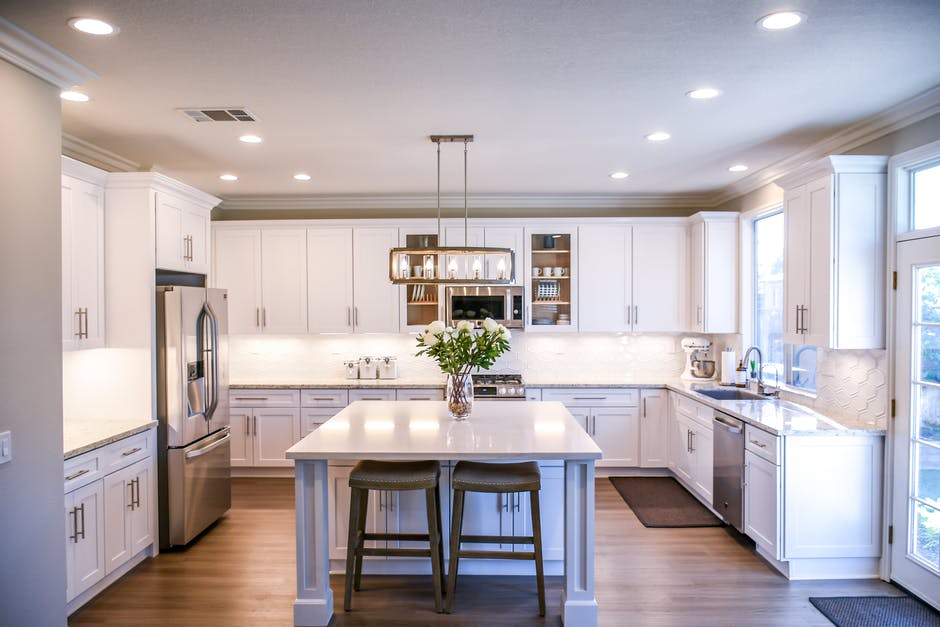Aesthetic or functional? Charming or innovative? Cozy or state-of-the-art?
Building the design plan for your new kitchen can be exciting but overwhelming. With so many new trends popping up for modern modular kitchens, it can be hard to decide what the best option for your home might be.
In this article, we’ll cover two very popular options: the German kitchen vs. Italian kitchen. Both have unique histories, styles, and traditions that can influence the aesthetic and functionality of your home.
Keep reading to learn more!
German Kitchen vs. Italian Kitchen
There are several differences between the German vs. Italian kitchen. Simply put: modern Italian kitchens have sleek, innovative designs where large gatherings of friends and family join together. German kitchens, while also sleek and modular, are more focused on innovation aspects.
Italian kitchens can be further broken down into two groups: Classic and Contemporary. While contemporary Italian kitchens are closer in design to German kitchens, classical Italian kitchens display that vintage Italian charm. You can find this in the grooves and classic knobs and handles in the cabinetry.
They tap into their native country’s rich craftsmanship history that goes all the way back to the Renaissance period. Modern Italian kitchens feature this Italian history but with modern innovations.
German kitchens tend to not focus on the “emotional” aspects of design but rather on practicality and innovation. You’ll find more flat cabinetry that doesn’t even have knobs or handles.
German modular kitchens feature more complex mechanics that can often be found in German engineering. Manufacturers are extremely precise about how every door, drawer, and cabinet fits together. They use top-tier control systems and handleless kitchen designs.
Italian Kitchen Design
Traditional Italian kitchens are rustic. They are typically warm and cozy and have certain elements that remind you of the outdoors, such as stone and terra cotta.
They usually feature sconces and wrought-iron chandeliers as opposed to modern lighting. They’ll have warm colors such as oranges, golds, and warm yellows that have a sense of a sunset in your house. You’ll often find a large wooden table where everyone can gather together for cooking and eating.
People usually imagine these traditional, warm kitchens when they think of “Italian kitchen.” But Italian designers are at the forefront of modern design as well.
Contemporary Italian designs are sleek and slick and feature integrated appliances with beautiful, streamlined designs. These modern designs get rid of more of unnecessary frills and accessories and focus more on function.
History of Italian Kitchen Design
Many of the beautiful rustic colors that inspire an Italian kitchen design come from Tuscan roots. This style was born in the Tuscan countryside, which boasts beautiful cypress tree vistas and rolling hills.
Stone was very popular as it was a material that was always available in Tuscany. Its availability and ability to withstand many years made it popular. It was also great for keeping homes nice and cool during long, hot summers.
Tuscan people were very respectful of the past. They never believed that something old should be torn down for something new, so stone and brick walls often stayed untouched as new generations were born. This is what popularized the now trending exposed wall style.
The colors used in Italian kitchens also reflect the Tuscan design. The terracotta and burnt orange colors are similar to the soil in the area.
Although new styles emerged after WW2, respect for the past still exists in Italian kitchens.
German Kitchen Design
German kitchens, on the other hand, can be described by these words: innovative and state of the art. These kitchens often feature the best technology that they have to offer, blended perfectly with traditional craftsmanship.
Because of its long-lasting engineering design, functional aesthetics, and strong history, it’s no wonder why these types of kitchen designs are so popular.
Kitchens made by German manufacturers have won people over with their advanced features. They are based on the modular design principle and are highly functional. Every single aspect that you find in one of these kitchens serves a purpose and is as efficient as possible.
This gives you tons of flexibility and freedom when it comes to designing your dream kitchen. Using German-designed products like cabinets, make the most of your space and utilize every inch of the kitchen.
History of German Kitchen Design
The history of German kitchen design stretches all the way back to the late 1800s. Popular brands like Poggenpohl, Eggersmann, Leicht Kitchens, and SieMatic delivered complete kitchens for decades.
The “Frankfurt Kitchen” was developed in 1926 and was based on the model of an industrial workspace. The key idea was to optimize the workflow of the kitchen. Soon, kitchens were designed with cabinets that connected to a shoe cupboard, a sink, a table, and a chair.
In 1960, for the first time, SieMatic developed a kitchen with handles that were integrated into the pieces.
German kitchens benefit greatly from the country’s engineering traditions. Questions like: “How useful is the layout?” “How easily do the parts work?” “How long will everything last?” were always considered in every aspect of the process.
Another key feature of these companies was that they were family-operated. They took pride in their functionality and culture. Soon enough, the words “Make in Germany” grew a great reputation across the world.
German kitchens were not only made to the highest quality — but they were always finished on time.
Which Type of Kitchen Should You Choose?
Choosing between a German kitchen and an Italian kitchen is purely a matter of choice and style. If you prefer a more streamlined, functional kitchen, you might prefer a German kitchen. If you like the more rustic, artistic look, Italian might be your best bet.
If you do choose to go with a German kitchen, look no further. German Kitchens offers the best quality kitchens with state-of-the-art craftsmen that are dedicated to precision, quality, and efficiency. Contact us today!
